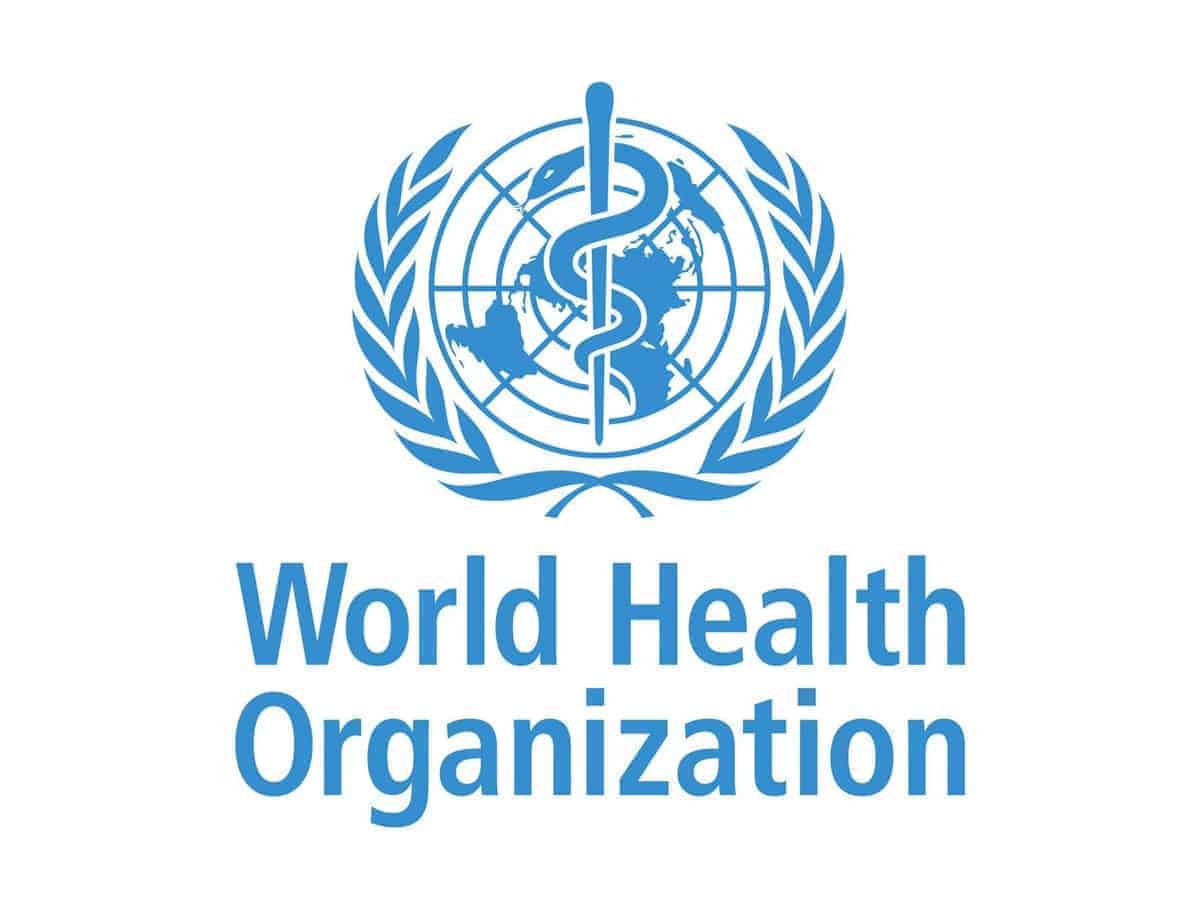
Beijing: The WHO on Thursday said it has made an official request to China for detailed information on a spike in respiratory illnesses after the Chinese health authorities reported multiple infectious respiratory diseases with surging cases of mycoplasma pneumonia and influenza flu among children.
Earlier this month, Chinese experts also sounded an alert about the relapse of COVID-19 infections during the current winter season and asked elderly and vulnerable populations to get vaccinated.
The World Health Organisation (WHO) in a statement issued in Geneva said it had requested China to provide additional epidemiologic and clinical information, as well as laboratory results from reports of clusters of pneumonia in children through the International Health Regulations mechanism.
The WHO statement calling on information from China was seen as an attempt to secure official information in time unlike in 2019 when the global health body came under strong criticism for the delay in getting timely reports from Beijing on the breakout of the coronavirus, which later spiralled into a massive pandemic causing millions of deaths all over the world.
“We have also requested further information about recent trends in the circulation of known pathogens including influenza, SARS-CoV-2, RSV and mycoplasma pneumoniae, and the current burden on health care systems,” the WHO statement said.
“WHO is also in contact with clinicians and scientists through our existing technical partnerships and networks in China,” it said.
The statement by the global health body was in response to remarks by Mi Feng, spokesman of the National Health Commission, at a news conference here on November 13 that as winter approaches, China has entered the peak season for respiratory illnesses, and different viruses or pathogens are circulating simultaneously.
“Efforts should be made to monitor the spread of mycoplasma pneumonia, COVID-19, influenza flu, as well as dengue fever and norovirus infections, to step up surveillance and early warnings so as to understand the spread of these viruses and their mutations,” he said.
Chinese health experts said mycoplasma pneumoniae — a pathogen that commonly causes sore throat, fatigue, fever and a lingering cough that can last for months in children aged five and above — has drawn heightened attention this winter as hospitals nationwide have seen young patients swarming there to seek treatment.
China is seeing the circulation of multiple infectious respiratory illnesses this winter, with surging cases of mycoplasma pneumonia, and rising cases of influenza flu, but a downward trend in COVID-19 cases in recent days, according to a report in the state-run China Daily.
Chinese officials and experts have so far attributed the spread of pneumonia and other respiratory diseases among children to the lifting of Covid-19 measures, which included the wearing of masks, and the simultaneous circulation of multiple common pathogens.
Though Covid-19 is among the circulating pathogens, it has not been named as a top cause for the surge, the Hong Kong-based South China Morning Post reported on Thursday.
In September and October, the mycoplasma pneumoniae bacteria was the major cause of respiratory diseases among children across China, with many hospitals reporting a spike in young patients seeking treatment, the report said.
Paediatrics expert Wei Tianli at the Beijing Friendship Hospital was quoted by the city’s health authorities as saying that while mycoplasma pneumoniae infections surged every three to five years, the symptoms had become more serious this time.
The severity could be a result of the bacteria developing drug resistance against azithromycin, an antibiotic, Wei said. Some children can also become seriously sick when they are infected with more than one pathogen at once.
Wang Dayan, director of the China National Influenza Centre administered by the Chinese Centre for Disease Control and Prevention, said that flu activities across the nation have been rising, with H3N2 the dominant strain.
In past years, the flu season for winter and spring usually runs from about mid-October to early March and peaks in January, she said.
Wang stressed that an effective way to prevent flu infections and reduce related serious cases and deaths is by expanding vaccinations.
Regarding COVID-19, Wang said the number of domestic cases has been on a downward trend since late August and the positivity rate of the disease at fever clinics and hospitals is declining consistently, according to the China Daily report.
China reported 209 severe COVID-19 cases and 24 related deaths in October, according to the China CDC.
However, Zhong Nanshan, a prominent respiratory illness expert, said during a conference recently that modelling shows that small spikes of COVID-19 infections will likely appear this month through to January.
The WHO statement said China has systems in place to capture information on trends in influenza, influenza-like illnesses, RSV and SARS-CoV-2, and reports to platforms such as the Global Influenza Surveillance and Response System.
“While WHO seeks this additional information, we recommend that people in China follow measures to reduce the risk of respiratory illness, which include recommended vaccination; keeping distance from people who are ill; staying home when ill; getting tested and medical care as needed; wearing masks as appropriate; ensuring good ventilation; and regular hand-washing,” it said.

